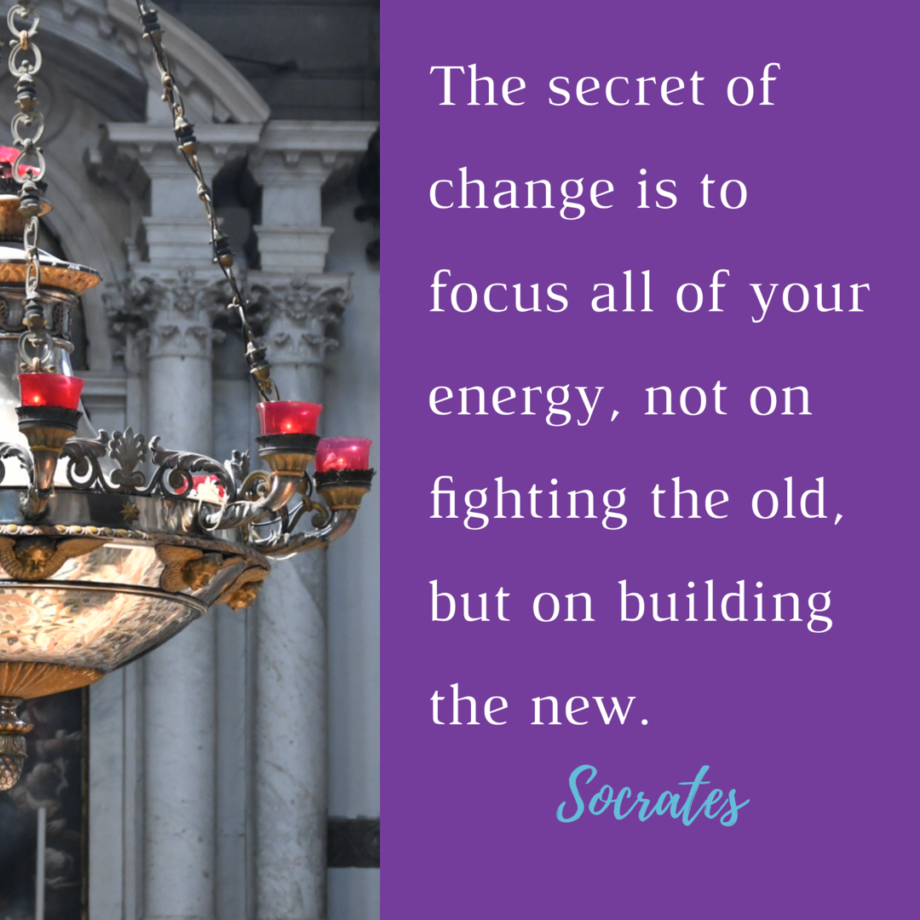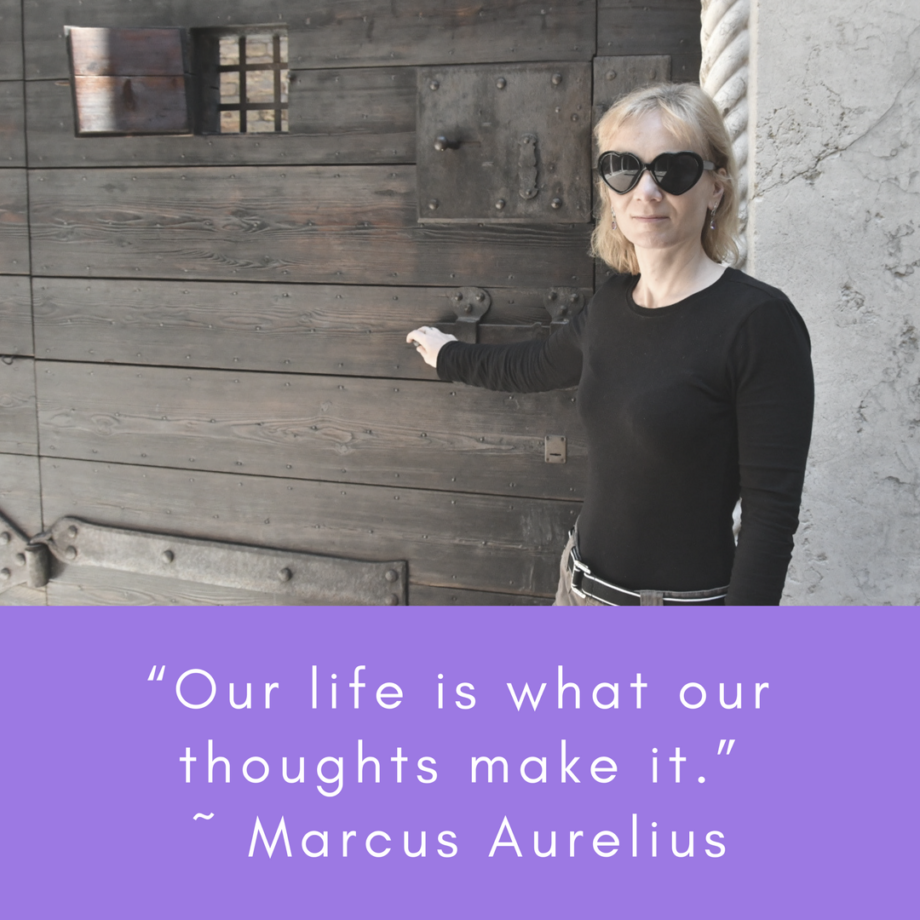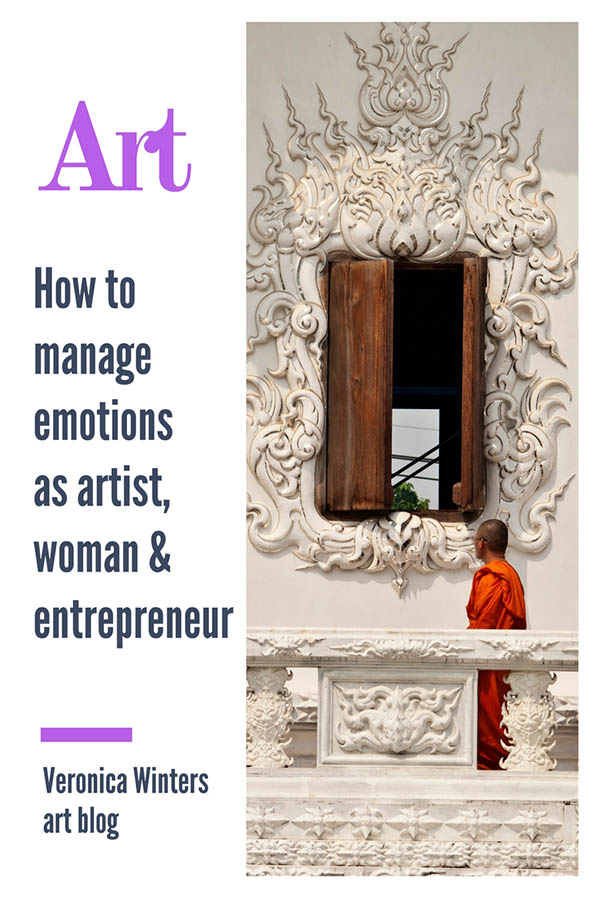Have you ever struggled managing your emotions? Have you felt rejected, lonely, depressed, fearful or angry? I bet you have! Our feelings make decisions over 90% of the time despite our vast capacity to think logically. Negative emotions bring us pain, often take us to the past, or simply stop us from doing what we love! Training my mind, conquering my feelings, and taking control of the situation has become one of my top priorities in life for the past decade.
Why are artists sad?
It’s often said that time cures everything. Pain disappears and we heal. The expression “some wounds never heal” actually means that we can’t always overcome or let go of our past. I felt worn out by my past. I traveled to Thailand back in 2012 to understand the principles of Buddhism that I thought would bring me closer to the truth and alleviate the pain I felt inside. And the Buddhist truth states that much suffering is caused by our “disturbing emotions.” I wanted to find a cure from emotional pain I suppressed inside me. Buddhism, mindfulness and meditation are wonderful and useful to practice but these concepts were not an easy fix for me.
What helped me greatly are a few books that I list in the end of this post. I used to suppress my feelings because they were considered not important or irrelevant in my family. I suffered from a very low self-esteem most of my life that perpetuated problems and blocked me from doing what I didn’t know I was even capable of doing. Books on psychology opened a new world to me where I discovered how truly lost I felt in my own perception of myself. Overtime I uncovered my behavioral patterns and trauma that ‘motivated’ me to act in certain ways, causing emotional upheaval.

How behavioral patterns affect our thinking
As I’m not a psychologist, I simply want to share some information that I learned to understand how it affected me and my perception of reality. What is a pattern? Basically it’s a set of learned patterns we acquire in childhood through positive and negative reinforcements that determine our behavior today. These are unconscious actions we take that can be compared to a computer program. Our brain gets programmed to behave in certain ways based on the behavior of our parents in family and society in general.
As children we learn to adapt and deal with various situations, forming these behavioral patterns. Remaining unconscious about our patterns, as adults we often find excuses or blame someone else for a repetitive situation we find ourselves in. However, if you’re more aware of yourself, you’ll notice that you often end up in similar situations, or attract a certain kind of people into your life. For example, a woman might leave one abusive husband only to find herself in a new relationship with another one. Or you can’t find a job. You study and get a new degree. You look for another job and can’t find it again. Or you talk to a relative hoping for him or her to respond to you with warmth and care but encounter the same cycle of responses and behavior. It upsets you and triggers a number of negative emotions in you. You also may experience a conflict situation, and your pattern is to avoid the conflict altogether by appeasing people rather than trying to solve a problem causing that conflict. The same conflict situation that arises with different people and different situations has a single root – you. You also observe and experience the same emotional reactions that are caused by similar situations or people in your life. As a result you lose control of yourself and become filled with negative emotions. These are the moments when you are often accused of having “thin skin” or “lack of patience” on your part. The same patterns of behavior can be on re-play for decades in your life!
Most people don’t like change and feel happy where they are. We tend to spot problems of others, but we are often unable to either recognize, acknowledge or get rid of our own psychological patterns that keep holding us back and limit our spiritual growth. Once we become aware of our patterns, we can break them to form new, healthy ones. Although it’s very difficult to break deeply engraved patterns on your own, it is possible to recognize your cycles of behavior that lead to cycles of actions. One of my cycles was to worry deeply or to take negative comments, opinions and jealousy of others very close to my heart. It caused a chain reaction in me where I not only argued with those people constantly but also degraded myself that made me feel even more worthless. I also attracted selfish personalities who constantly demanded attention with no emotional support provided when I hoped to get it. To turn it around I began building my sense of self-respect inside. This conscious effort transformed my life where uninvited opinions of others became just their opinions with no true value to me. This led me to disengage with people I didn’t want to be with and to form new relationships with people with whom I shared mutual respect.
Another ‘big’ transformation I’ve experienced is self-acceptance. After so many years of struggles and self-punishment of not being good enough I accepted my body, my looks and what I do as a career. This led me to understanding of others. Actions and reactions of people around me (even not the most graceful ones) make sense to me today although I may find it hard to deal with them. There is also understanding that difficult people come to your life for a reason and are there to teach you a lesson. This process of reclaiming your freedom and trusting yourself first and foremost involves taking a full responsibility for your actions.

How to manage emotions to feel your best
Despite all these breakthroughs and inner work, I still have a very hard time dealing with my intense emotions at times. As artists we are very vulnerable and sensitive people because we create personal art. Daily pressures cause distress.
That’s where Tony Robbins‘ videos can really help. In his teachings he quickly grabs your attention with his practical approach to changing your emotional state. I found his emotional management techniques to be so simple, yet profound and applicable to any situation you may have. While I’m including some of his teachings below, you can find plenty of information and listen to his audio on YouTube.
- You can’t change people around you by telling them to change. You can either change your perception of this person/situation, or the way you behave around such people.
- Whenever you feel hurt, angry, lonely, depressed – every emotion we normally consider as a negative, Robbins treats it as a neutral and just a signal/ call to action to change something in your life. It’s important to acknowledge your emotion, rather than to suppress it to see the message that your brain sends you.
- According to Robbins it’s important to identify the core emotion first, what you really feel behind the first feeling that arises like anger.
- If you ignore your signal the feeling intensifies. Therefore, to set a new outcome, change your perception (the way you perceive or look at things) or procedure (the way you communicate needs/behave/expect).
If you feel uncomfortable, it’s important to change the state, clarify what you want, and take action to communicate that desire.
If you feel hurt, it means you have an unmet expectation that brings a sense of loss to you that’s very painful. Either change your expectations or communicate your desires differently.
If you feel anger or resentment it means your important standard is not met by you or another person.
Fear (fear of failure, anxiety) arises as a signal asking you to prepare to deal with something.
Frustration – change your approach to achieve your goal.
Disappointment – something that you’ve been expecting is not going to happen.
Guilt or regret– you’ve violated one of your own standards.
If you feel inadequate or unworthy – your mind asks you to get up and do something better, or change rules that are too harsh.
Feelings of hopelessness, depression, overwhelm – decide what’s most important for you to accomplish now, make a list with order and handle the first one. Do something immediately to take control of events. Pick one thing and master it.
Feeling lonely-we need to find a connection with people.
5. We give meaning to everything. But ask yourself what does it really mean? Choose meanings that empower you in life as opposed to assuming things that dis-empower you.
Spiritual growth is an ambiguous sentence, in my opinion. My interpretation is simply learning to become free from emotional and physical constraints we all experience, and I hope my writing helps you find or clarify your path in your journey. These days when I’m in doubt, pain or struggle, I train myself to refocus. I used to dwell in my thoughts on re-play. But as soon as I stop thinking that particular thought that upsets me, my day improves. I try to find something, anything to be grateful for around me in that moment. I also open my notebook with goals and ask myself what I’m doing today to get closer to them. It shifts my focus and changes thoughts. Try it and let me know how it goes for you, ok?
Understanding and managing emotions books:
- Emotional Alchemy: How the Mind Can Heal the Heart by
- The Female Brain by Louann Brizendine, M.D.
- Sacred Contracts by Caroline Myss
- Anatomy of the Spirit by Caroline Myss
Check out visionary art for sale

Thank you Your words are very inspiring and i can only hope to live up to them.
Hi Victoria, as a fellow blogger and colored pencil artist/painter I follow you for obvious reasons. But I wanted to tell you this post really hit home with me. Thank you for putting your whole self out there on a subject that touches artists and other people alike. I needed to read this today! Although I am familiar with most of the teachings and Tony you write about, I am not adept in putting it into practice.